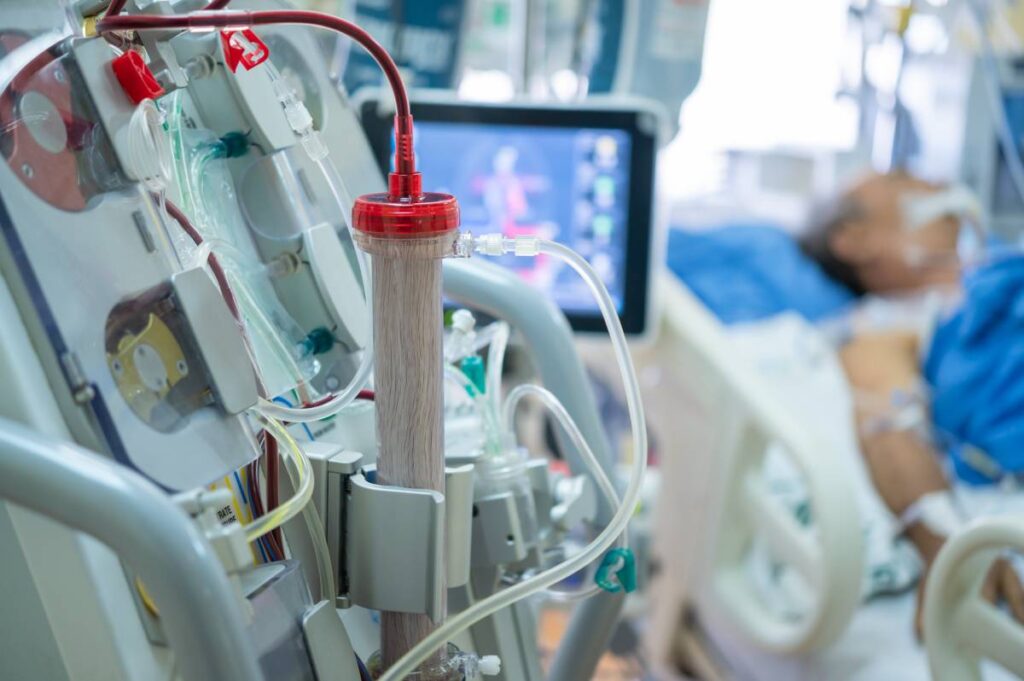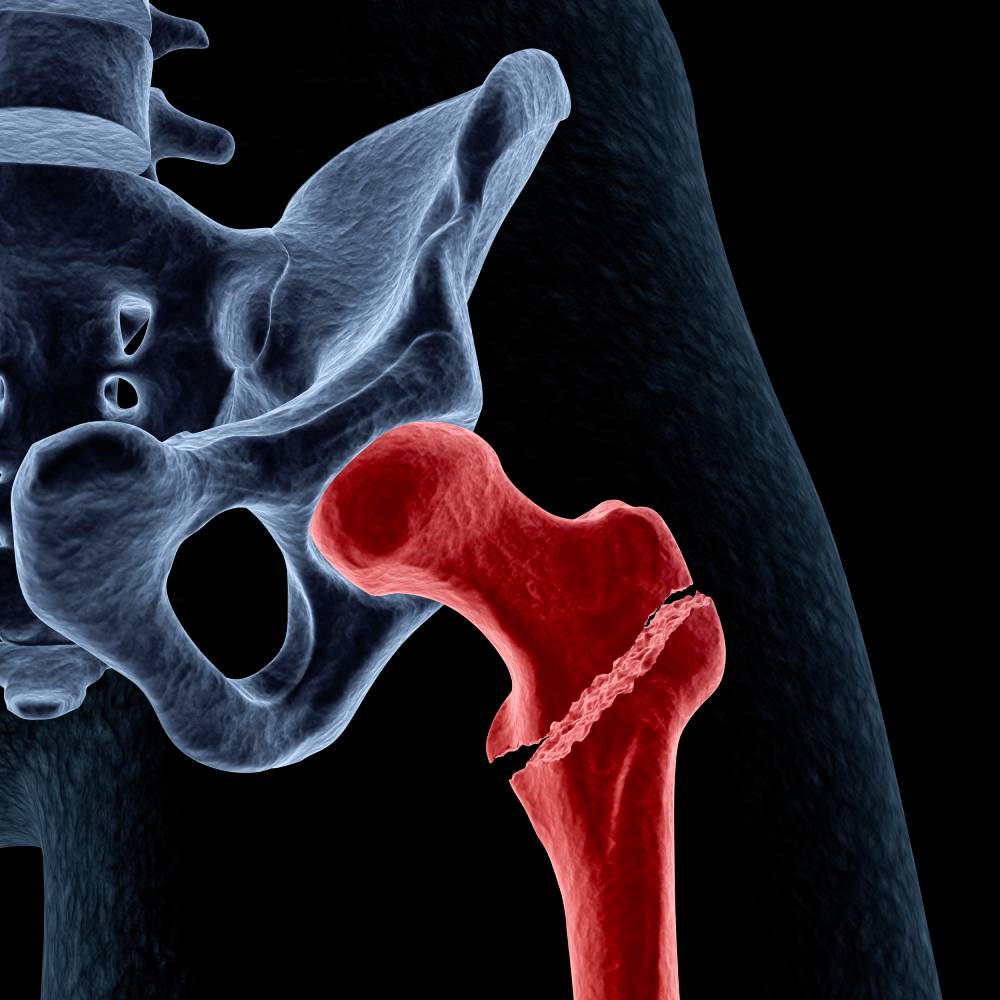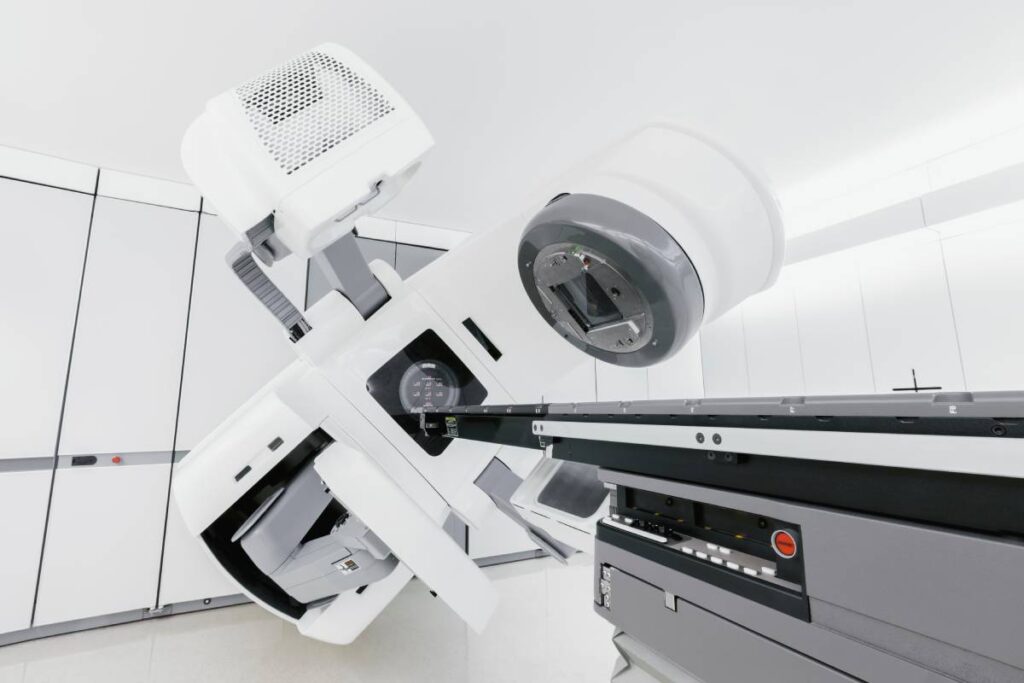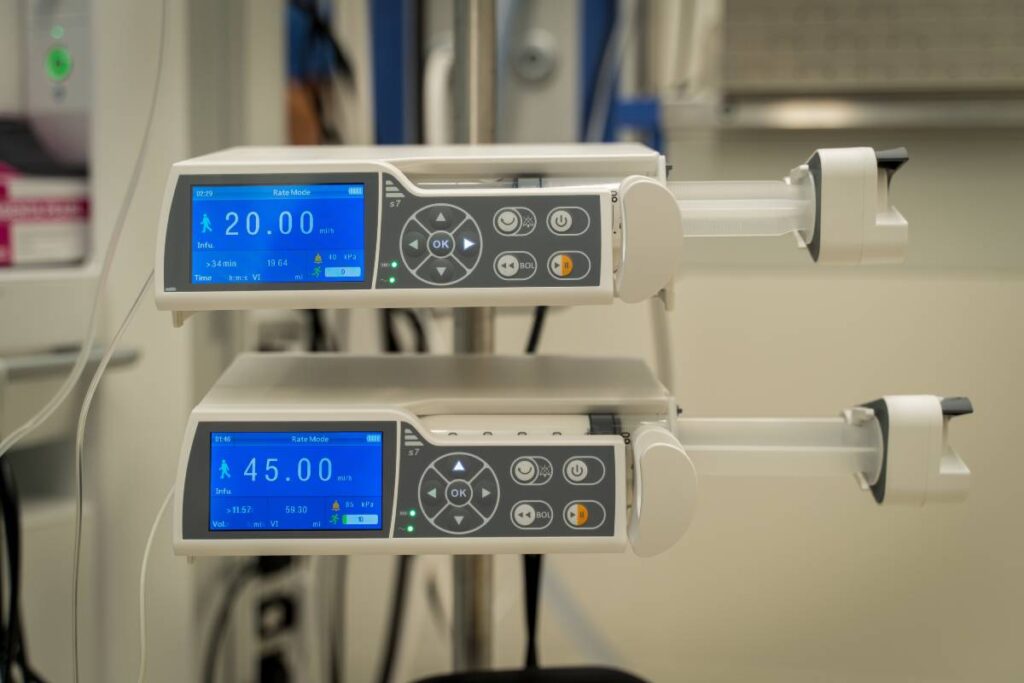Experimental design is at the heart of scientific inquiry. Its primary purpose is to ensure that the data obtained is sufficiently reliable and valid to draw meaningful conclusions. Anesthesia research, which delves into the science of inducing a loss of…
Category: Uncategorized
ECMO: Overview and Impact on Anesthesia
Extracorporeal membrane oxygenation (ECMO) is a life-saving technique that provides temporary support for patients with severe cardiac or respiratory failure (or both) [1,2]. It is implemented in cases where no other treatment is likely to be successful and all other…
Orthopedic Surgery in Patients with Osteoporosis
Approximately 10 million people in the U.S. suffer from osteoporosis, a disease that slows the growth of healthy bone and weakens bones over time. Osteoporosis affects nearly 20% of women aged 50 and over and can increase the risk of…
Anesthesia Considerations for Radiation Therapy Patients
Cancer treatment, including surgery, chemotherapy, and radiotherapy, results in major physiological and health changes. Impacts on everyday life can be significant and are relatively well-known. Impacts on other areas are also important. In particular, there are unique considerations for patients…
Potential Injuries During Anesthesia
Anesthesia is an important part of many medical procedures, especially surgery. While most uses of anesthesia remain uneventful, accidents or mistakes may occur in rare cases, ranging from failing to understand a patient’s medical history to improperly administering anesthesia during…
Why Do Patients Get a Separate Bill for Anesthesia?
When patients receive medical treatment or undergo a surgical procedure, they often receive multiple bills for different aspects of their care. One of these bills may be for anesthesia, the part of the medical procedure that protects patients from feeling…
Ergonomics in the OR
Around 80% of surgeons experience strain or pain as a result of performing open and laparoscopic operations [1]. This discomfort is largely attributed to the postures required of surgeons during procedures [1]. To eliminate this occupation hazard, many researchers have…
TIVA for Orthopedic Surgery
Total intravenous anesthesia (TIVA) is a common general anesthesia technique in which anesthetic agents are given intravenously via a syringe pump, circumventing the use of inhalation agents. Frequently used alongside TIVA, target controlled infusion (TCI) is an algorithm-based, user-friendly method of…
Delirium After Anesthesia in Children
Delirium after anesthesia, also known as emergence delirium (ED) is a clinical condition in which patients have alterations to their attention, awareness, and perceptions. In children, this often results in behavioral disturbances such as crying, sobbing, thrashing and disorientation [1].…
How Is Infectiousness Determined in COVID-19 Patients
Current CDC guidelines continue to advise persons who test positive for COVID-19 to isolate for a minimum of five days (4). While the CDC defines the start of isolation as the date of symptom onset, organizations such as schools and…









